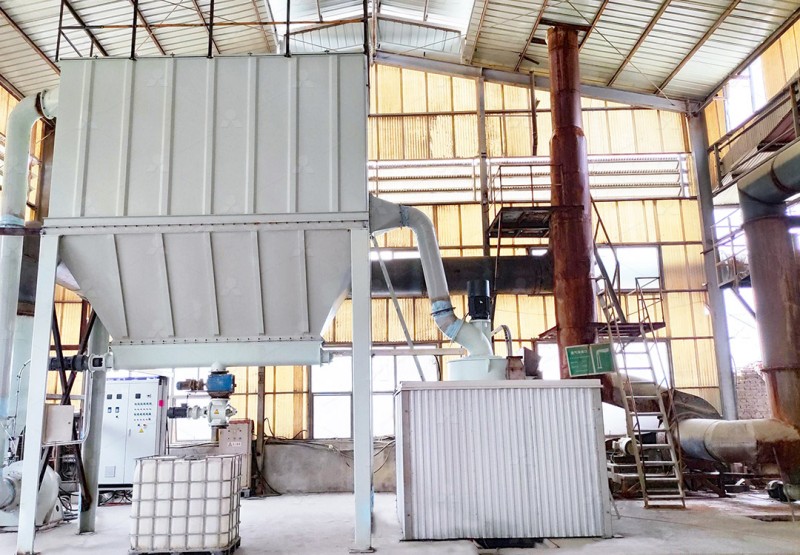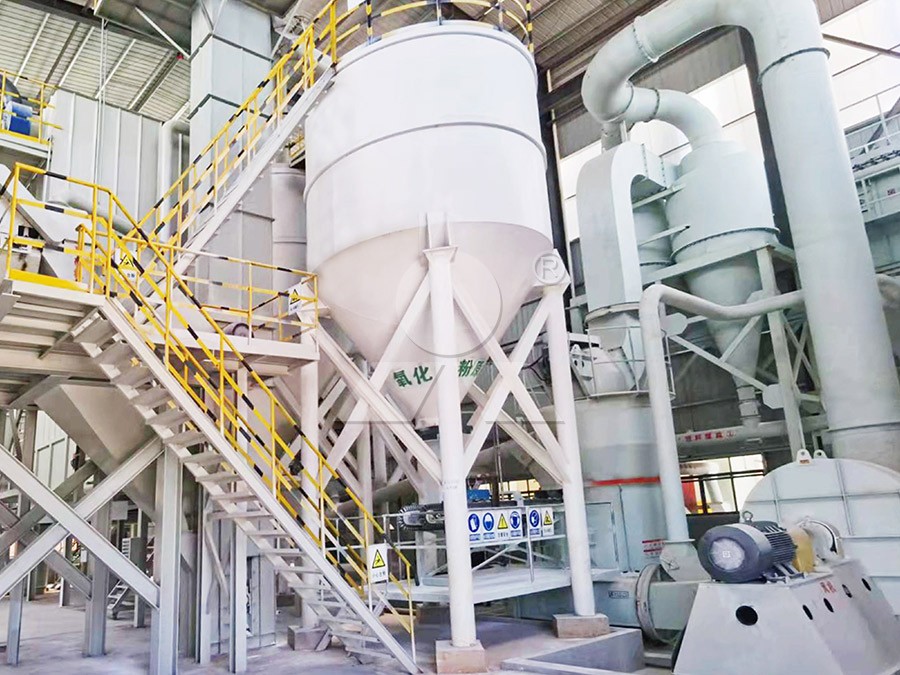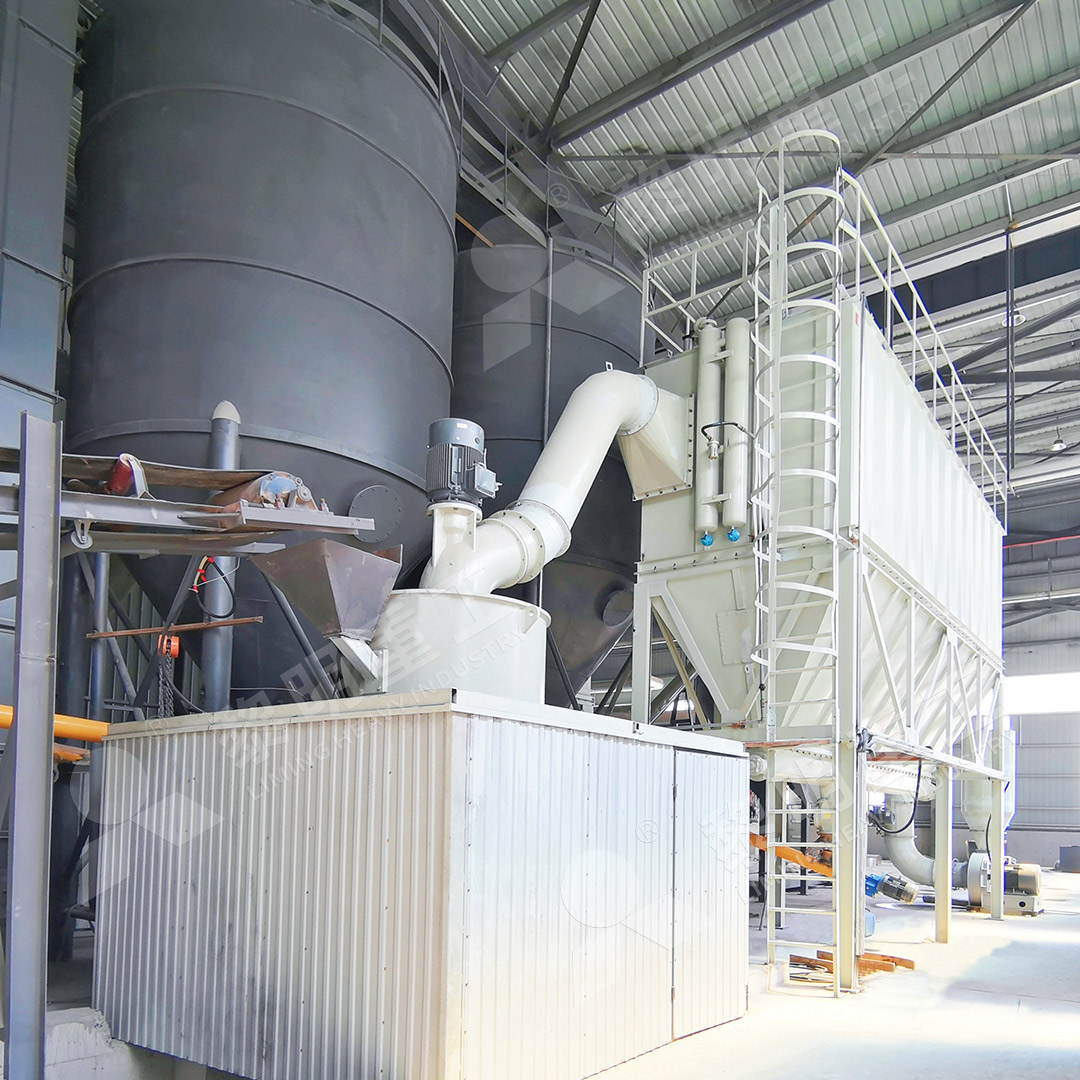Price of Imported Ultrafine Grinding Mill for Marble Heavy Calcium Carbonate
Navigating the Market for Ultrafine Grinding Solutions
The quest for high-purity, ultrafine marble heavy calcium carbonate powder demands precision machinery capable of delivering consistent particle size distribution and high throughput. For processors and manufacturers, selecting the right grinding mill is a critical investment decision that impacts both product quality and operational efficiency. The market offers various technologies, each with distinct advantages for specific applications.

Key Considerations for Marble Calcium Carbonate Processing
When evaluating grinding mills for marble-derived calcium carbonate, several factors demand careful consideration. The target fineness range, production capacity requirements, energy consumption profiles, and environmental compliance capabilities all play crucial roles in determining the optimal equipment selection. For premium applications requiring powders between 325-2500 meshes, advanced grinding technologies become essential.
Among the available options, our MW Ultrafine Grinding Mill stands out for specialized marble processing. Engineered specifically for ultra-fine powder production, this system handles input sizes up to 20mm with throughput capacities ranging from 0.5 to 25 tons per hour. The mill’s innovative design eliminates rolling bearings and screws within the grinding chamber, significantly reducing maintenance concerns and potential contamination risks.
Technical Superiority in Ultrafine Grinding
The MW series incorporates German cage-type powder selector technology, enabling precise control over final product fineness. This advanced separation system allows operators to adjust particle size distribution according to specific application requirements while maintaining exceptional screening efficiency. The result is consistent d97≤5μm performance in single-pass operations.

From an operational perspective, the MW Ultrafine Grinding Mill demonstrates remarkable efficiency gains. Comparative analysis shows production capacity increases of 40% over jet grinding mills and doubled output compared to ball mill systems, all while reducing energy consumption by approximately 30%. These efficiency improvements translate directly to lower operating costs and improved sustainability metrics.
Environmental and Operational Benefits
Modern grinding operations must address environmental concerns without compromising performance. The integrated pulse dust collector and muffler system ensures compliance with stringent emission standards while maintaining a clean working environment. The external lubrication design permits maintenance without production stoppages, supporting continuous 24-hour operation for maximum facility utilization.
For operations requiring vertical grinding solutions, our LUM Ultrafine Vertical Grinding Mill presents another compelling option. Combining Taiwanese grinding roller technology with German powder separation expertise, this system offers capacities from 5-18 tph with input sizes up to 10mm. The reversible structure simplifies maintenance procedures, while multi-head powder separating technology enables precise control over finished product characteristics.

Investment Analysis and Total Cost of Ownership
When evaluating imported grinding mill prices, considering the total cost of ownership provides a more accurate financial picture. Factors beyond initial purchase price include energy consumption, maintenance requirements, spare parts availability, and operational downtime. Advanced mills with higher initial investment often demonstrate superior long-term value through reduced operating expenses and increased production reliability.
Both MW and LUM series mills benefit from digitalized manufacturing processes, ensuring high precision components and consistent performance. The comprehensive spare parts support and technical service network further enhances operational reliability, minimizing production interruptions.
Frequently Asked Questions
What is the typical price range for an imported ultrafine grinding mill?
Pricing varies significantly based on capacity, configuration, and technical specifications. Generally, systems for marble calcium carbonate processing range from mid-five figures to several hundred thousand dollars, depending on automation level and production capacity requirements.
How does the MW Ultrafine Grinding Mill achieve higher energy efficiency?
The MW series incorporates newly designed grinding curves for rollers and rings, optimizing the grinding efficiency. Additionally, the absence of internal screws and rolling bearings reduces mechanical resistance, contributing to overall energy savings of up to 30% compared to conventional systems.
What maintenance requirements should we anticipate?
Both MW and LUM series feature designs that minimize maintenance needs. The external lubrication system allows for routine maintenance without shutdowns, while the absence of internal bearings eliminates a common failure point. Regular inspections and preventive maintenance typically suffice for continuous operation.
Can these mills handle other materials besides marble?
Yes, both mills process various non-metallic minerals including limestone, calcite, dolomite, talc, and barite. The versatile design accommodates different material characteristics with appropriate adjustments to operating parameters.
What environmental compliance features are included?
Integrated pulse dust collectors ensure particulate emissions remain within regulatory limits, while noise reduction systems maintain workplace compliance. The closed-system designs prevent material contamination and environmental release.
